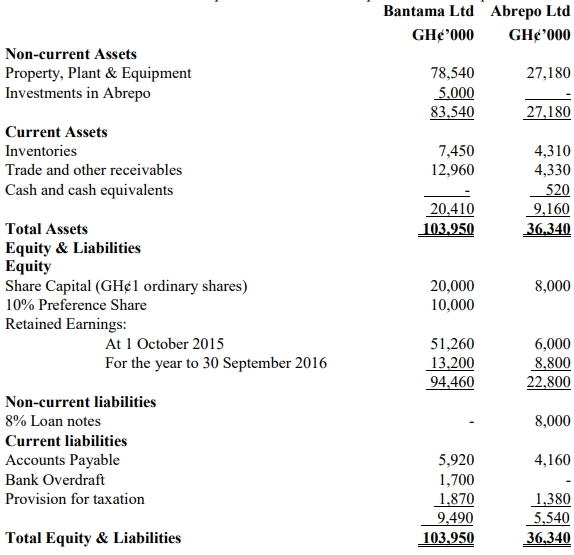Gugi Plc. is a highly successful manufacturing company operating in Nigeria. In addition to sales within Nigeria, the company also exports to a foreign country (with currency F$) along the ECOWAS sub-region. The export sales generate annual net cash inflow of ₦50,000,000. Gugi Plc. is now considering whether to establish a factory in the foreign country and stop exporting from Nigeria to the country. The project is expected to cost F$1 billion, including F$200million for working capital.
A suitable existing factory has been located, and production could commence immediately. A payment of F$950million would be required immediately, with the remainder payable at the end of year one. The following additional information is available:
- Annual production and sales in units: 110,000
- Unit selling price: F$5,000
- Unit variable cost: F$2,000
- Unit royalty payable to Gugi Plc: ₦300
- Incremental annual cash fixed costs: F$50million
Assume that the above cash items will remain constant throughout the expected life of the project of 4 years. At the end of year 4, it is estimated that the net realisable value of the non-current assets will be F$1.40billion.
It is the policy of the company to remit the maximum funds possible to the parent (i.e., Gugi Plc.) at the end of each year. Assume that there are no legal complications to prevent this.
If the new factory is set up and export to the foreign country is stopped, it is expected that new export markets of a similar worth in North Africa could replace the existing exports.
Production in Nigeria is at full capacity, and there are no plans for further capacity expansion.
Tax on the company’s profits is at a rate of 40% in both countries, payable one year in arrears. A double taxation agreement exists between Nigeria and the foreign country, and no double taxation is expected to arise. No withholding tax is levied on royalties payable from the foreign country to Nigeria.
Tax allowable “depreciation” is at a rate of 25% on a straight-line basis on all non-current assets.
The Directors of Gugi Plc. believe that the appropriate risk-adjusted cost of capital for the project is 13%.
Annual inflation rates in Nigeria and the foreign country are currently 5.6% and 10%, respectively. These rates are expected to remain constant in the foreseeable future. The current spot exchange rate is F$1.60 = N1. You may assume that the exchange rate reflects the purchasing power parity theorem.
Required:
a. Evaluate the proposed investment from the viewpoint of Gugi Plc.
Notes:
i. Show all workings and calculations to the nearest million.
ii. State all reasonable assumptions. (18 Marks)
b. State TWO further information and analysis that might be useful in the evaluation of this project?
(2 Marks)

